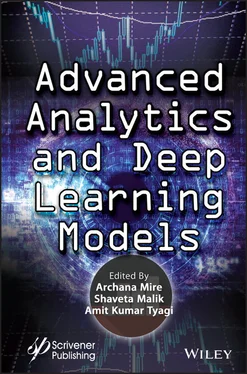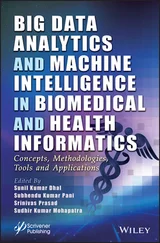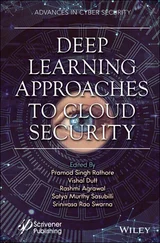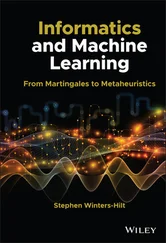In the early 2000s, the Massive Open Online Courses (MOOCs) offered a highly required and cost effective alternative to the expensive higher education in the US and beyond. However, such courses could not facilitate learners’ participation, peer learning, scaffolding, or large-scale connections with global learners. Because of these constraints, the MOOC movement has stalled when it comes to delivering education on a wide scale. In contrast, many well-known ongoing MOOC initiatives, such as Coursera, Khan Academy, Udemi, EdX, and Udacity, have used AI and NLP techniques to improve learners’ engagement, active learning, and autonomy. This resurgence of AI, along with its strong NLP potential, has had a significant impact on second language education, as NLP-based tutoring systems can provide corrective input and adapt and customise instructional materials [5].
1.5 Implication of Artificial Intelligence in Education
There are myriad of implications of AI in language teaching and learning. There is multitude of ways that language learners and teachers can gain from integrating this technology. Some of the most relevant implications are the following.
1.5.1 Machine Translation
Cultural variation is one of the predominant barriers of communication which majorly occurs due to the difficulty in decoding the language, one is not familiar with. In such scenario, being bilingual or multilingual is a blessing which paves the way for enormous career opportunities and communication across the world. The language barrier is easily eradicated by innovative AI-based translation technologies like Google Translate. On a wide scale, such innovations have made significant progress in helping second language and foreign language learners. Google Translate initially supported only a few languages, but by 2016, it supported 103 languages at different levels, with over 500 million total users and over 100 billion words translated daily [26]. Since this translation service is so easily and widely accessible, second language learners are using it to enhance their learning beyond the four walls of the classroom. In contrast, Google’s machine translation had been slammed for its accuracy because the translations are based on statistical machine translation rather than grammatical rules. Advanced and revised versions of Google Translate, on the other hand, exhibited higher accuracy [27].
Learners can communicate and learn from language chatbots in a natural way by integrating chatbots in mobile apps, which enhances the autonomy of the learning process. Duolingo is the most common language learning chatbot, with AI algorithms that can understand the context of use and respond contextually and uniquely to users. Chatbots have helped thousands of learners learn languages without being embarrassed or feel uncomfortable. There are other such language learning chatbots like Andy, Mondly, and Memrise.
Figures 1.1and 1.2show how the chatbots respond to users contextually and uniquely.
1.5.3 Automatic Speech Recognition Tools
The speech recognition tools identify spoken languages, analyze them, and convert them into text. This tool is of great help to the students with physical disabilities or the ones who are not comfortable with the keypad. The Dragon transcription software was one of the first AI applications which transcribed text from voice. This application is significantly used for second language acquisition, especially for improving pronunciation. Furthermore, using Automatic Speech Recognition (ASR) and NLP techniques, software and online systems such as Carnegie Speech and Duolingo have provided foreign language education. These systems not only transcribe speech to text but also identify and correct language errors for users.
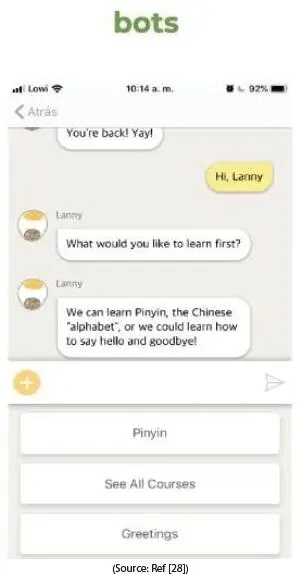
Figure 1.1 Chatbot responding to the user contextually.
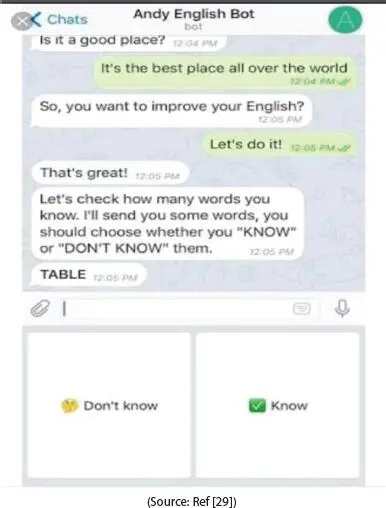
Figure 1.2 Chatbot responding to the user contextually.
In addition, Google Assistant can be constructively integrated to enhance learners’ proficiency and pronunciation. Students can ask simple questions to the Google assistant like “How’s the weather today in…?”, “How far is Delhi from Agra?”, “When was Taj Mahal built?”, and “What time is it in Malaysia now?”. This is an excellent way to improve and assess students’ communication skills while also ensuring that their pronunciation is intelligible. Some of the well-known speech-recognizing applications are mentioned in the timeline given in the following.
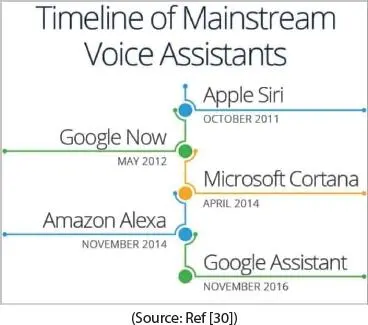
1.5.4 Autocorrect/Automatic Text Evaluator
Applications like Autocorrect can be used to get feedback for text. The feedback provided is an actionable feedback about their writing related to claims and sources, topic development, coherence, and English conventions and word choice. It also provides synonyms for unfamiliar words that they may encounter while reading external sources. Such widely used applications based on AI are Writing Mentor and Grammarly which provide feedback about the text related to punctuation, sentence construction, and accuracy.
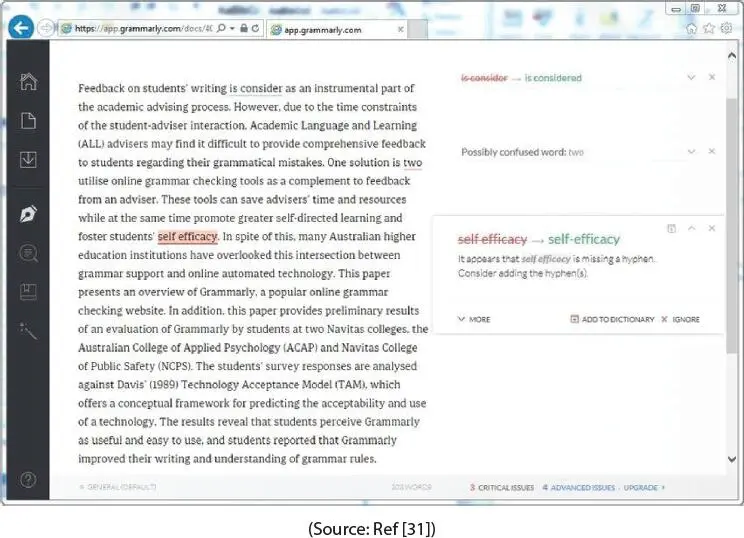
1.5.5 Vocabulary Training Applications
There are applications with unique Machine Learning algorithm which facilitates completely personalized set of study materials by adapting the learning pattern and analyzing each learner’s vocabulary strengths and weaknesses. Alphary is an AI-based application that helps students acquire and strengthen English vocabulary. These applications use the Oxford suite of Learner’s Dictionaries and an integrated AI named FeeBu (Feedback ButterÖy) to mimic the behavior of a human English tutor who gives automated, intelligent feedback. It also automatically evaluates writing and analyzes grammatical mistakes [32].
1.5.6 Google Docs Speech Recognition
The widely known text processor Google Docs is a free and mobile friendly tool. The speech editing feature has been recently added to it. The voice recognition feature has evolved and it can help teachers in providing feedback of conversational activities. It can also be used to evaluate the intelligibility of the learners’ speech by providing direct feedback in the form of text. The application can be creatively used for the maximum benefit of students.
1.5.7 Language MuseTM Activity Palette
The Language Muse TM Activity Palette is a fun way to improve learners’ language skills. It is a web-based language-instruction program that uses NLP algorithms and lexical tools to generate language activities automatically and help English language learners’ content comprehension and language skills enhancement. The online interface of the software for activity generation, assessment, and feedback is adaptable to MOOCs and several other online learning [33].
1.6 Artificial Intelligence Tools Enhance the Teaching and Learning Processes
1.6.1 Autonomous Learning
Читать дальше
